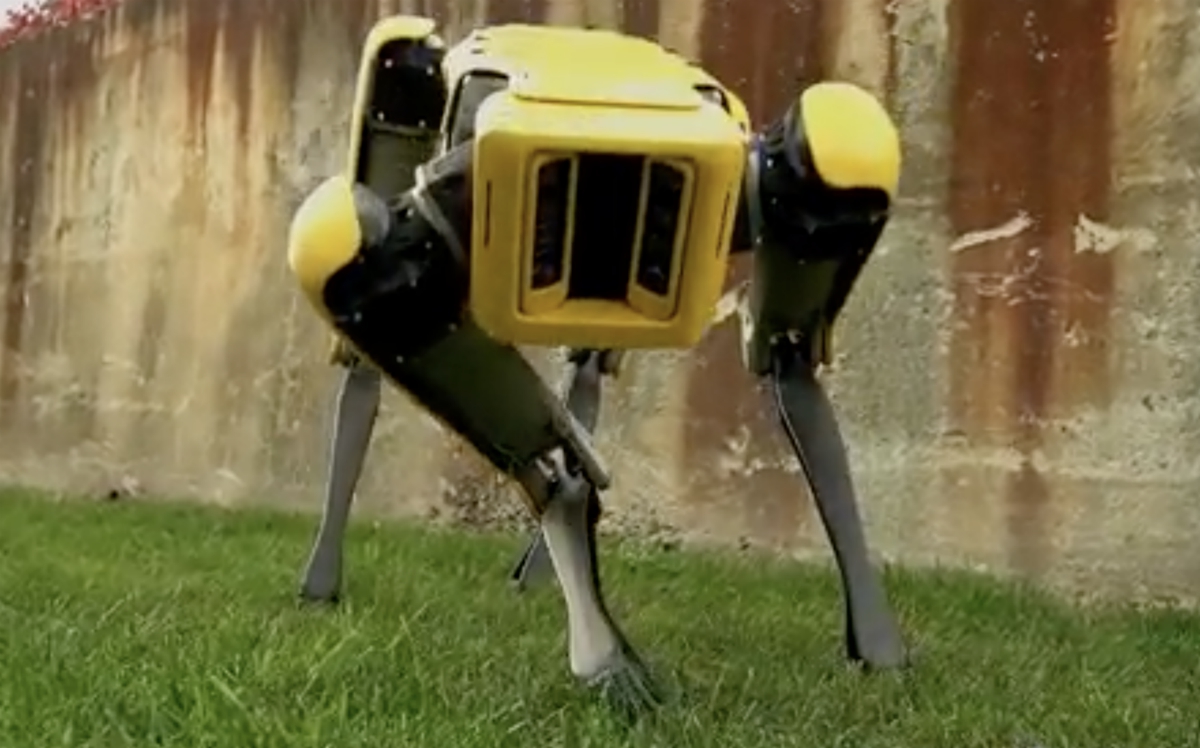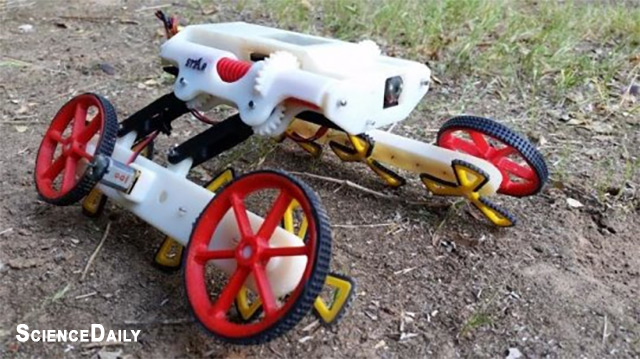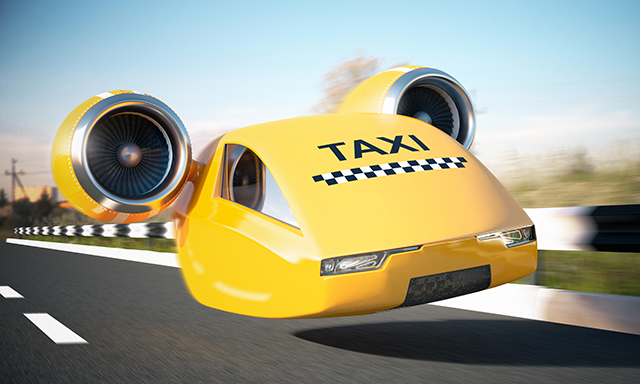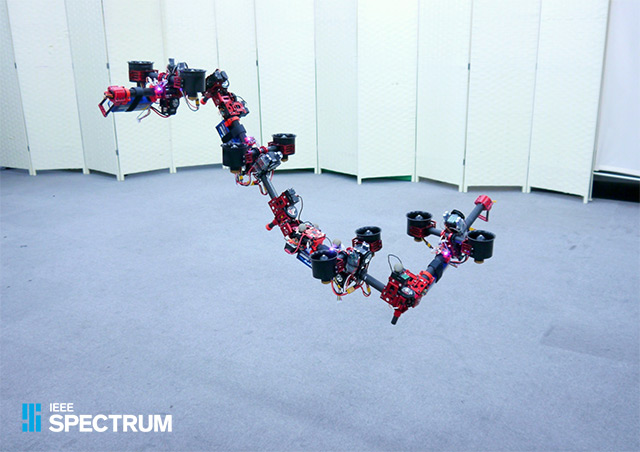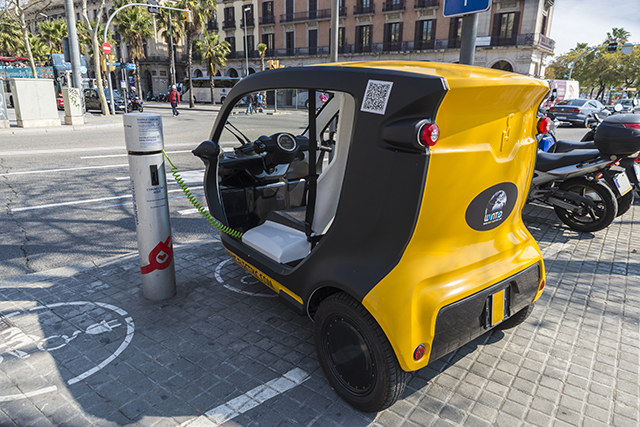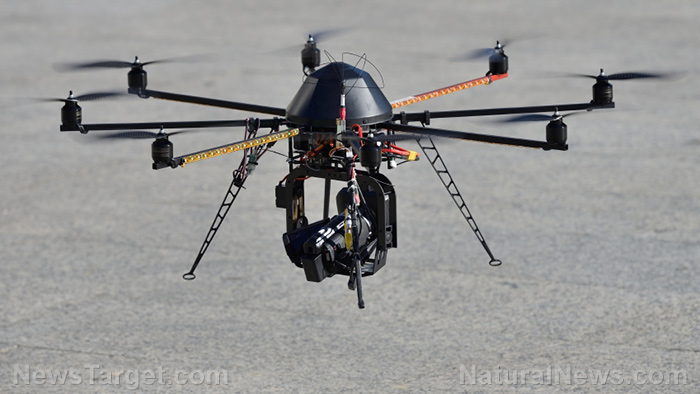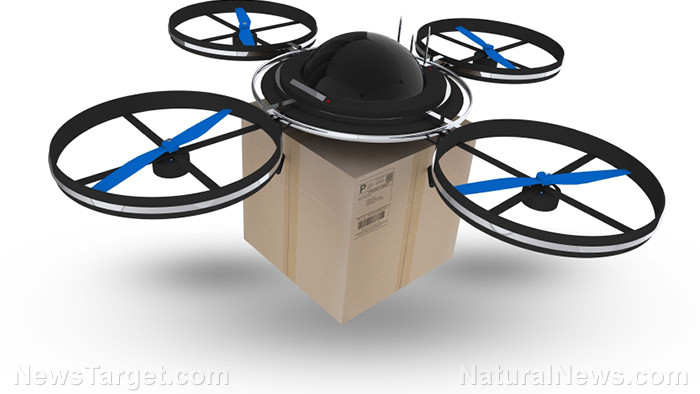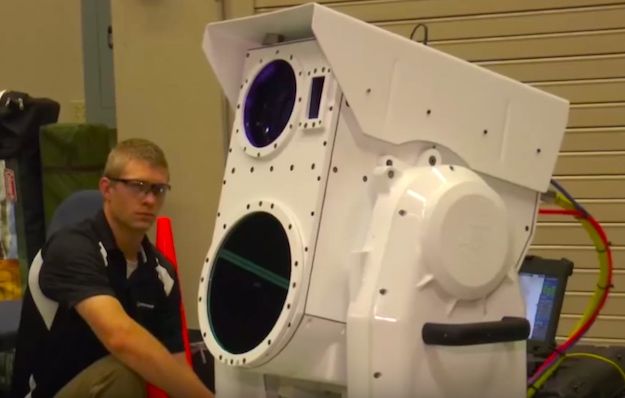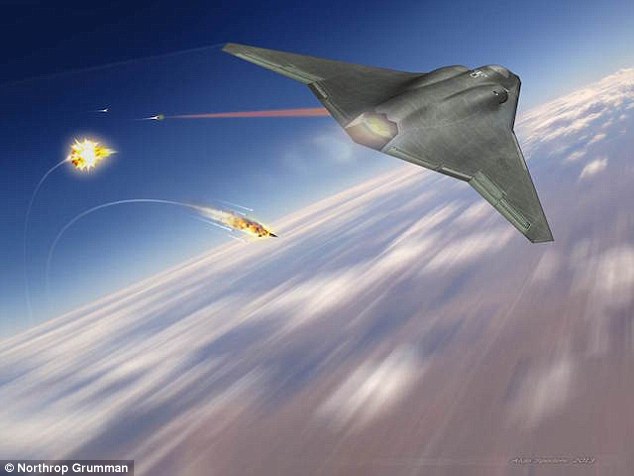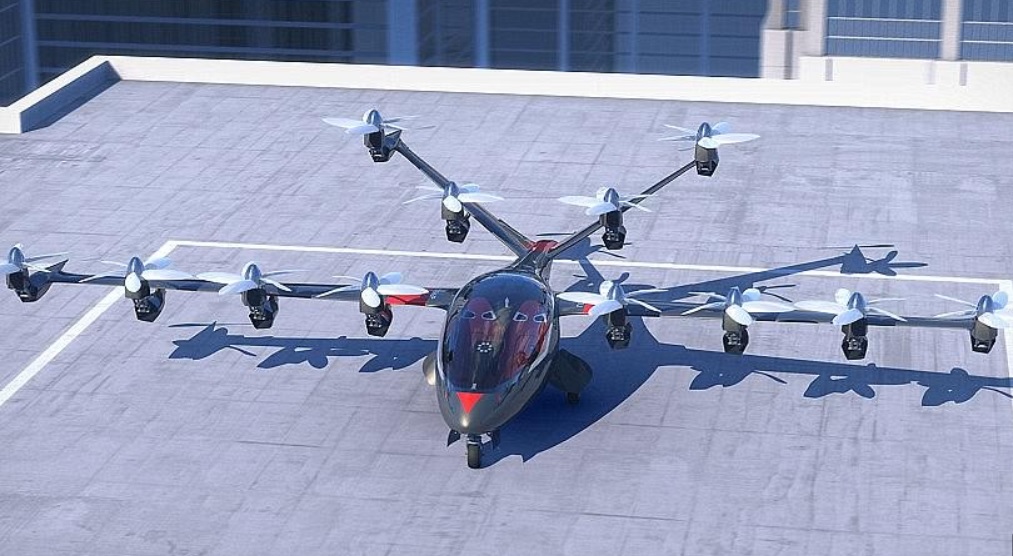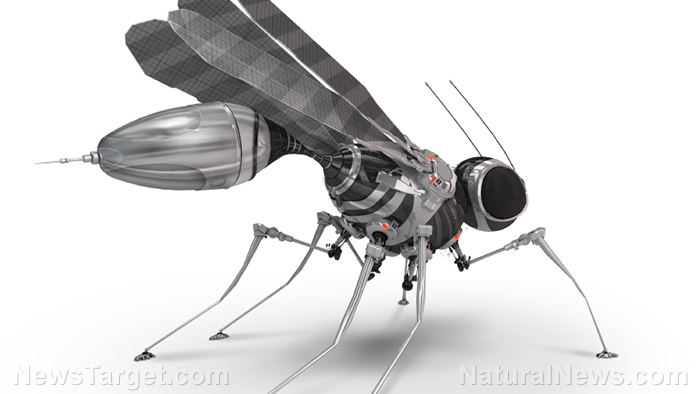U.S. Military will deploy self-driving vehicles ahead of general public
06/02/2018 / By Lance D Johnson
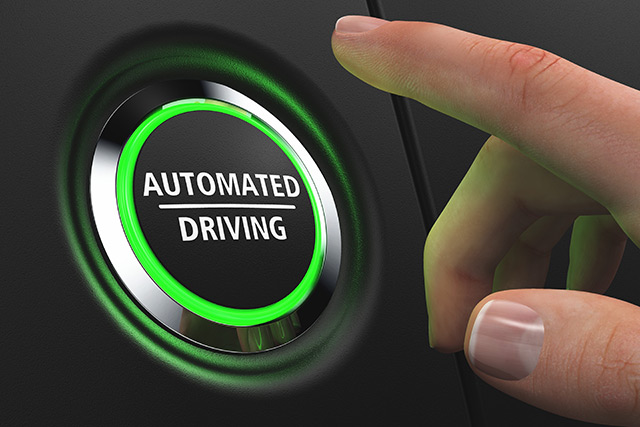
The Pentagon has plans to get autonomous machines on the battlefield, long before the self driving vehicles take over America’s roadways. In a statement to lawmakers on Capitol Hill, the undersecretary of defense for research and engineering, Michael Griffin said, “We’re going to have self-driving vehicles in theater for the Army before we’ll have self-driving cars on the streets.”
For over a decade the U.S. military has worked to develop autonomous vehicles that can assist soldiers on the front lines. With an annual budget of nearly seven hundred billion, the Pentagon can leverage the best technology from private companies and expedite the process. The goal is to save soldiers’ lives. Over half of all casualties that occur in combat zones happen because soldiers are executing logistical activities, delivering fuel or food. The self driving vehicles could take on these tasks instead, keeping soldiers out of vulnerable situations. The irony is that self driving vehicles and artificial intelligence will make war decisions more calculated and bold, as soldiers feel that they are shielded by their machines. As the technology is embraced by all sides, soldiers on all sides are going to get in the way of machines that will soon be making autonomous decisions for the protection of their country. (Related: U.S. military to have more robots than human soldiers by the year 2025.)
Mistakes easier to cover up on the battlefield
Self driving vehicles will make it to the battlefield sooner than the streets primarily because the military won’t have to follow the same kind of rules. Self driving cars for civilian use must follow traffic signals and navigate around countless other vehicles and pedestrians. Battlefield vehicles won’t have to navigate under such tedious circumstances. Any error by self driving vehicles can always be discounted as a “casualty of war.” The mistakes with self driving technology can be identified first in the battlefield where accidents can more readily be swept under the rug.
Automated vehicles give armies more options, more cover, more lethality
The military is very interested in developing automated vehicles, ones that can be taken over by a human operative in case weather or terrain handicaps the autonomous function of the vehicle. The military wouldn’t want the vehicle to be sabotaged or its supplies to be captured by enemy forces. The automation function is important so that human soldiers can take over the vehicle’s functions in case of an emergency. The automation feature will still allow soldiers to carry out missions without having to put their flesh and bone at risk. In the next five years, the military wants to roll out light, fast remote-controlled tanks with the same firepower as the current 70-plus-ton manned M1 Abrams tank.
As automation takes over military craft, soldiers become detached from the live risks and consequences that normally come when making decisions from a cockpit, with their own lives on the line. This detachment will inevitably make their moves bolder, more powerful, and more catastrophic, with darker repercussions in the grand scheme of war.
The Pentagon has already spoken about using AI and self driving vehicles to increase “lethality.” If tanks and submarines become completely autonomous, it’s only inevitable that the autonomous function of the vehicle extends to the machine’s ability to defend itself. If the vehicle is fully autonomous and if soldiers aren’t there to defend the vehicle, then the vehicle will have to make its own calculated decisions on when to take action, who to strike. As soon as the killing power is given over to the machines, then the rules of war change – not necessarily for the better.
For more on robots and autonomous warfare, visit DroneWatchNews.com.
Sources include:
Tagged Under: automated vehicles, autonomous killing, autonomous vehicles, computing, consequences of war, future tech, lethal machines, military tech, military technology, robotics, robots, self-driving vehicles


